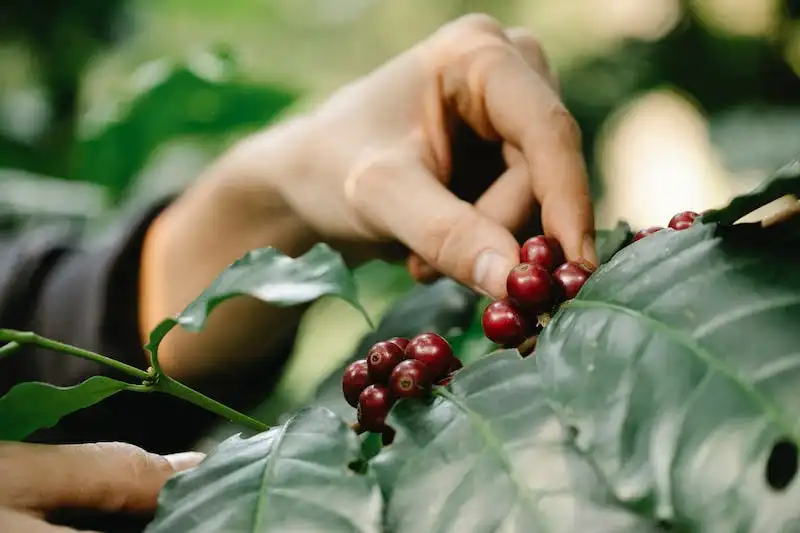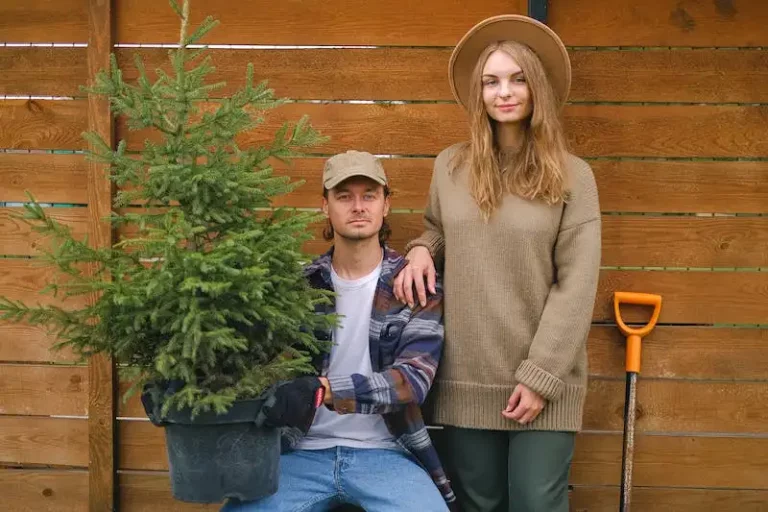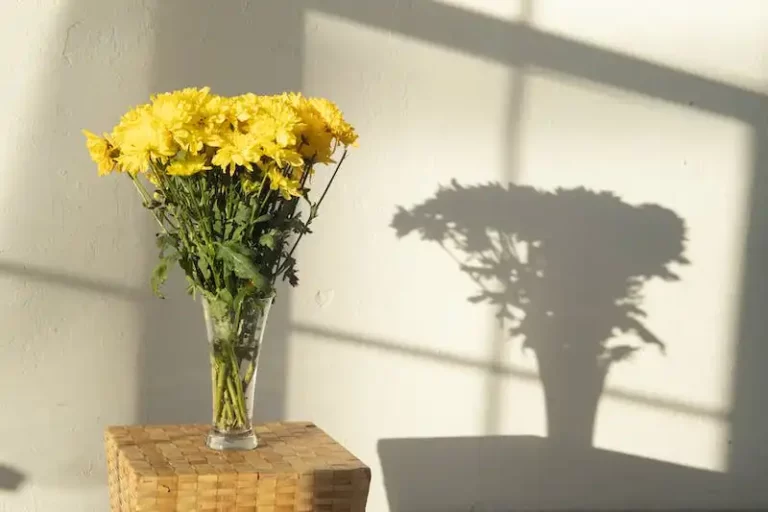If you’re a mini gardener with big ambitions, growing your own plants from seed is a rewarding and cost-effective way to create the garden of your dreams. With the right supplies and directions, starting plants from seed is easier than you might think. Whether you have a specific variety in mind or just want to try your hand at growing from seed, this guide will give you all the information you need to get started.
First, it’s important to determine the desired plants you want to grow from seed. Seed packets typically provide all the necessary information, such as when to plant, how deep to plant, and how long it will take for the plant to germinate. Once you have your seeds, it’s time to prepare your growing medium. A common amendment is a mixture of peat moss and vermiculite, which provides both moisture retention and good aeration for the roots. Fill flats or biodegradable eco-pots with this mixture, lightly pressing it down to create a flat, even surface.
Next, consider the location where you will be starting your seeds. Popular options include a sunny windowsill, a greenhouse, or using artificial grow lights. If using a windowsill, make sure to check that it provides sufficient light for your seedlings. If not, consider using artificial grow lights, which can be placed directly over your starts. Once you have your location and supplies ready, it’s time to plant the seeds.
To plant the seeds, make small holes in the growing medium according to the directions on the seed package. Drop the seeds into the holes and cover them with a thin layer of the growing medium. Gently press down to ensure good seed-to-soil contact. Water the newly planted seeds, being careful not to displace them. To provide some insurance against inconsistent heating, cover the flats or pots with a plastic dome or plastic wrap. This helps to keep the moisture in and provide a warm, humid environment for the seeds to germinate.
Once the seedlings have emerged, it’s important to thin them out to provide sufficient space for each plant to grow. Thin by carefully removing the weaker seedlings, leaving only the strongest ones. This prevents overcrowding and ensures that each plant has access to light, nutrients, and water. If you’re using biodegradable eco-pots, you can transplant the seedlings directly into the garden once they are about 2-3 inches tall. Otherwise, you can transplant them to larger containers until they are ready to be permanently placed in the garden.
Growing your own plants from seed is a general guide that can be applied to a variety of plants. However, it’s always recommended to do some research on the specific needs and requirements of the plants you want to grow. With the right knowledge and a little bit of patience, you can soon enjoy a beautiful garden filled with plants that you grew from seed.
Starting Plants From Seed for the Home Gardener
Starting plants from seed is a great way for home gardeners to control the development of their plants. It can also be a cost-effective method, as seed packets are often much cheaper than buying young seedlings or established plants.
Before starting the seeds, it is important to learn about their specific requirements. This information can be found on the seed packets or through online resources. Each variety of plant, whether it be flowers, veggies, or shrubs, may have different guidelines for starting from seed.
The first step in starting plants from seed is germination. This process can be accelerated by reducing the outer shell of the seed; a tool called a seed scarifier can be used to create small nicks in the seed coat. Once the seed is scarified, it is ready to be planted.
Seeds can be started in containers or flats, depending on the preferred method of the gardener. If using containers, make sure they have proper drainage to prevent waterlogging. Flats offer an easier way to water and can be filled with prepared seed-starting media.
When planting the seeds, follow the recommended depth and spacing found on the seed packet. As a general rule, most seeds should be planted two to three times as deep as their diameter. Once planted, gently press the soil down and water lightly above the surface to ensure good seed-to-soil contact.
After planting, ensure the containers or flats are placed in a warm and sunny location. Optimal temperatures for seed germination usually range from 60 to 75 degrees Fahrenheit (15 to 24 degrees Celsius). Germination can take anywhere from a few days to a few weeks, depending on the plant variety.
Once the seedlings have emerged and have developed their first set of true leaves, they can be thinned to ensure the strongest plants have enough room to grow. Thinning involves removing the weakest seedlings, leaving only the desired number of plants per container or flat.
During the growth process, it is important to provide adequate water, light, and nutrients. Containers and flats should be watered when the top inch of soil feels dry to the touch. A well-draining soil mix is required to prevent waterlogged roots.
To promote healthy growth, consider adding organic fertilizer to the soil. This can be done by incorporating compost or well-rotted manure into the seed-starting media or by using a liquid fish emulsion fertilizer.
Once the seedlings have reached a suitable size and are strong enough to handle the outdoors, they can be transplanted into the garden or larger containers. Ideally, this should be done after the danger of frost has passed.
In conclusion, starting plants from seed is a rewarding and cost-effective way for home gardeners to grow their own plants. With proper preparation and care, you can enjoy a selection of beautiful flowers, delicious veggies, or thriving shrubs, all started from tiny seeds.
Seed Selection
Choosing the right seeds is the first and most important step in seed starting. The quality of your seed selection will greatly affect the success of your plants. Here are some factors to consider when selecting seeds:
1. Know your zone: Find out what planting zone you are in so you can choose seeds that are suited for your climate.
2. Hybrids vs. heirlooms: Decide whether you want to grow hybrid or heirloom seeds. Hybrid seeds are a cross between two different varieties and usually result in better disease resistance and higher yields. Heirloom seeds, on the other hand, produce plants that are true to their parent plants and can be saved and replanted year after year.
3. Seed dates: Check the recommended planting dates for each seed. Some seeds need to be started indoors several weeks before the last frost date, while others can be sown directly in the garden. Avoid planting seeds too early or too late, as this can result in poor germination or the plants not having enough time to grow and mature.
4. Seed treatment: Be aware of any seed treatments that have been applied to the seeds. Some seeds are treated with fungicides or other chemicals to prevent disease or pests. If you prefer to use organic methods, choose untreated seeds.
5. Seed quality: Look for seeds that are plump, well-shaped, and free from cracks or damage. Avoid seeds that are discolored or have a musty odor.
Once you have selected your seeds, it’s time to prepare for seed starting. Create a seed-starting room or area where you can control the temperature, humidity, and light. Invest in lightweight containers, like eco-pots, that allow for good air circulation and drainage. Set up a heat mat to provide bottom heat, which will promote faster germination. Use a spray bottle to water the seeds from above and keep the soil moist but not waterlogged.
Before transplanting your seedlings permanently outside, they need to be hardened off. This involves gradually exposing them to outdoor conditions, starting with a few hours outside in a sheltered spot and gradually increasing the time and exposure to sunlight over the course of a week or two. This will help the seedlings adjust to the temperature fluctuations, wind, and direct sunlight.
Seed starting can be a simple and cost-saving way to grow your own plants. By following these steps and selecting the right seeds, you can reap the rewards of your hard work and investment.
Reading a Seed Package
When it comes to growing your own plants from seed, reading and understanding the seed package is a crucial step in the process. The information provided on the package is specially created to guide gardeners through the steps of growing their desired plants.
One of the first things to look for on a seed package is the recommended planting depth. This will tell you how deep you should lightly cover the seeds with soil. It’s important to choose a planting depth that promotes healthy growth and allows enough space for the roots to expand within the soil.
The seed package will also include information about the ideal temperature for planting. Some seeds require warm soil to germinate, while others can be planted when the soil is still cool. Knowing the temperature requirements will help you determine when to plant the seeds for optimal growth.
A seed package will often provide instructions on the proper spacing between plants. This is important for ensuring that each plant has enough room to grow and receive sufficient nutrients and sunlight. If the plants are too close together, their growth may be restricted, resulting in weaker plants and smaller harvests.
In addition to spacing, the seed package may also indicate how long it takes for the seeds to germinate and the time it will take for the plants to reach maturity. This information is useful for planning your garden and determining when you can expect to harvest your crops.
Another important piece of information found on a seed package is the recommended method of propagation. Some seeds can simply be sown directly into the garden, while others benefit from being started indoors and later transplanted. Understanding the best propagation method will help you save time and increase your chances of success.
The seed package may also include information about any special treatments or pre-planting steps that the seeds require. This could include soaking the seeds, treating them with a fungicide or insecticide spray, or scarifying the outer seed coat to promote germination. Following these recommendations will help ensure that your seeds have the best chance of success.
Finally, the seed package may provide additional tips or gardening advice specific to the particular plant or variety. This information can be valuable, especially for novice gardeners who may not be familiar with the specific needs of the plant they are growing.
Overall, reading the seed package is a simple yet essential step in the process of growing plants from seed. It provides a gardener with the necessary information to properly care for and nurture their plants, from the moment the seed package is opened until the last plant is harvested.




